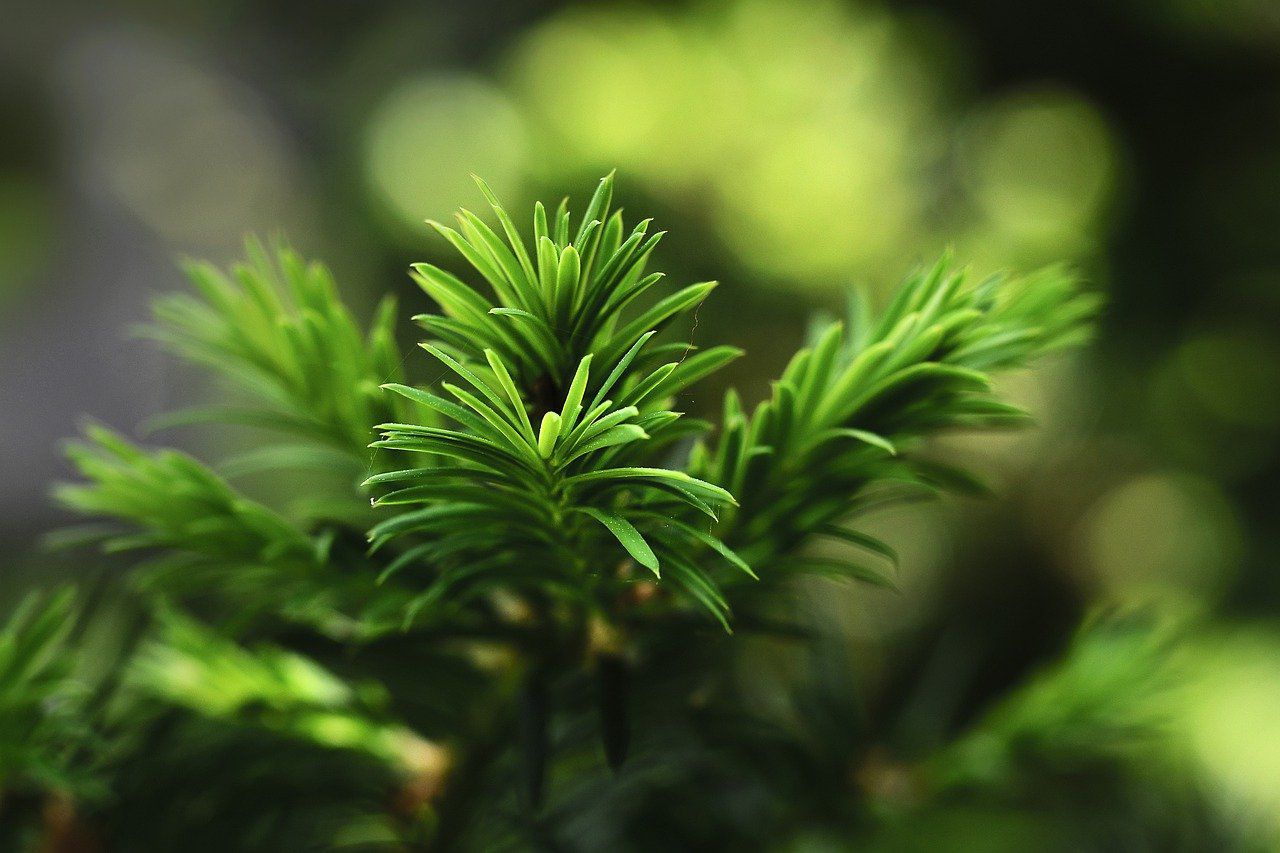How evergreens tolerate shadow so well: Know your plants better
Evergreen plants have several adaptations that allow them to grow well in shaded or partially shaded environments.
These adaptations help them efficiently capture and utilize the limited light available in such conditions.
Let's find out more.
Leaf Structure
Evergreen plants typically have narrow, needle-like, or leathery leaves that reduce surface area and water loss compared to broad leaves.
This leaf structure allows them to retain moisture and energy more effectively, making them better suited to survive in shaded areas with lower light levels.

Photosynthesis Efficiency
Evergreens have developed efficient photosynthetic mechanisms that enable them to make the most of the available light.
Their chlorophyll-rich leaves can efficiently convert light energy into sugars even in low light conditions.
Year-Round Photosynthesis
Unlike deciduous plants that shed their leaves during the winter, evergreens retain their leaves throughout the year.
This adaptation allows them to continue photosynthesizing during the colder months when sunlight is limited, providing a continuous source of energy.
Slow Growth
Many evergreen plants exhibit slower growth rates compared to some deciduous species.
This slower growth allows them to conserve energy and allocate resources more efficiently in shaded environments.
Adaptations for Low Light Levels
Certain evergreens have additional adaptations for low light levels.
For instance, some species can adjust their leaf angles to maximize light absorption or have specialized pigments that enhance light absorption in shaded conditions.
